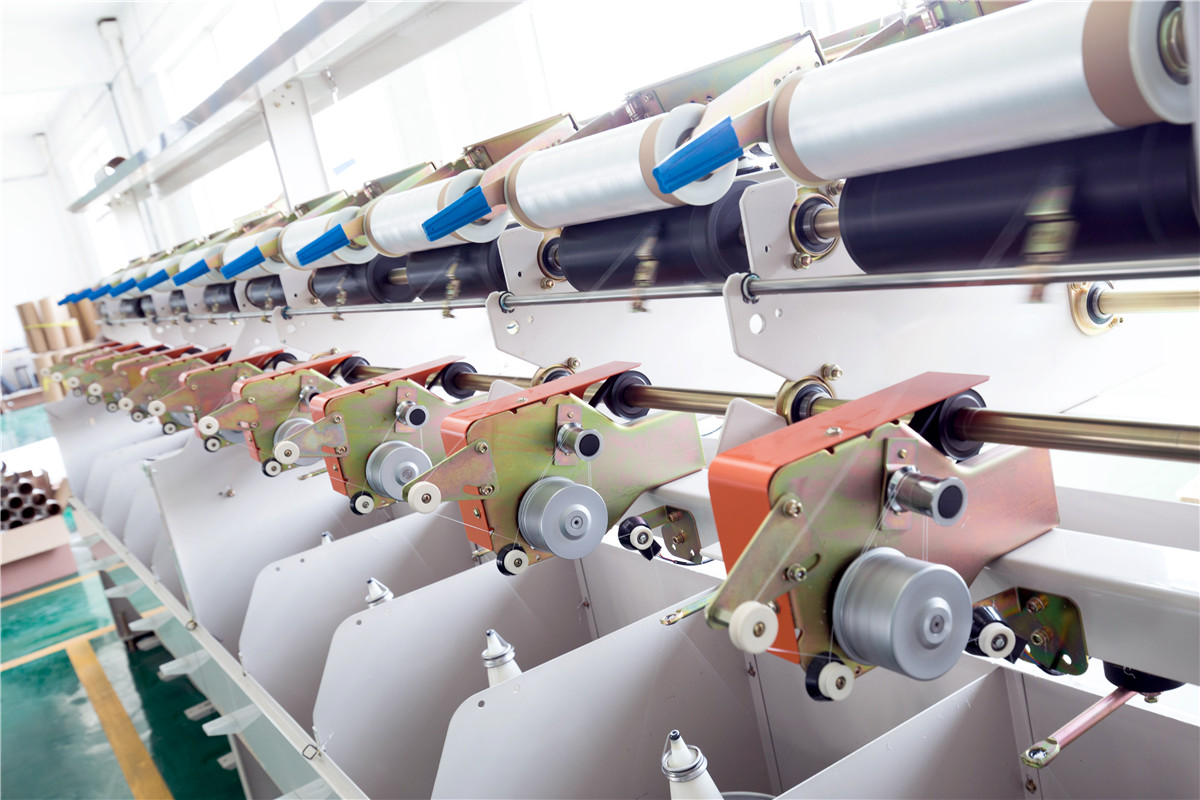What is twisted silk? What is the function of twisting?
What is twisted silk? What is the function of twisting? Twisted yarn is also called double twisted yarn and twisted yarn. It is a process of twisting single yarn or strand yarn to obtain a certain twist direction and number of turns, similar to rope twisting.
Function of twisted wire:
(1) Increase the strength and friction resistance of silk thread to reduce fuzzing and breakage and improve the fastness of silk fabric.
(2) Make the silk thread have a certain shape and color, and give the fabric appearance with refraction, crepe or loop, knot and other effects.
(3) Increase the elasticity of the silk thread, improve the wrinkle resistance of the fabric (imitation of memory durable fabric) and air permeability (strong twist fabric), and make the fabric cool and comfortable.
The following problems should be paid attention to in the production of twisted yarn:
(1) There are two kinds of twisting methods: dry twisting and wet twisting. The conventional twisting method is dry twisting, but for some multi strand mulberry silk, the wet twisting method must be used to meet the process requirements.
(2) The dry twisting process uses ordinary twisting machine and double twisting machine, while the wet twisting process uses wet twisting machine.
(3) In order to make the yarn surface have hairiness, knots and other fancy effects, fancy twister must be used.
(4) When the yarn is double twisted, the twist direction is generally opposite to the initial twist direction.
(5) Whether warp and weft raw materials need twisting, why, what direction and how much twisting should be added should be set according to the requirements of fabric varieties and specifications. Except for fancy twister, other twisting processes require good winding shape, easy unwinding, uniform tension, appropriate size, uniform twist, and steam setting without winding. On the premise of meeting the process requirements, appropriately increase the winding to improve the output and quality of twisted yarn processing.
- 上一篇:没有了;
- 下一篇:How to produce UHMWPE fiber






 苏公网安备 32108102010466号
苏公网安备 32108102010466号